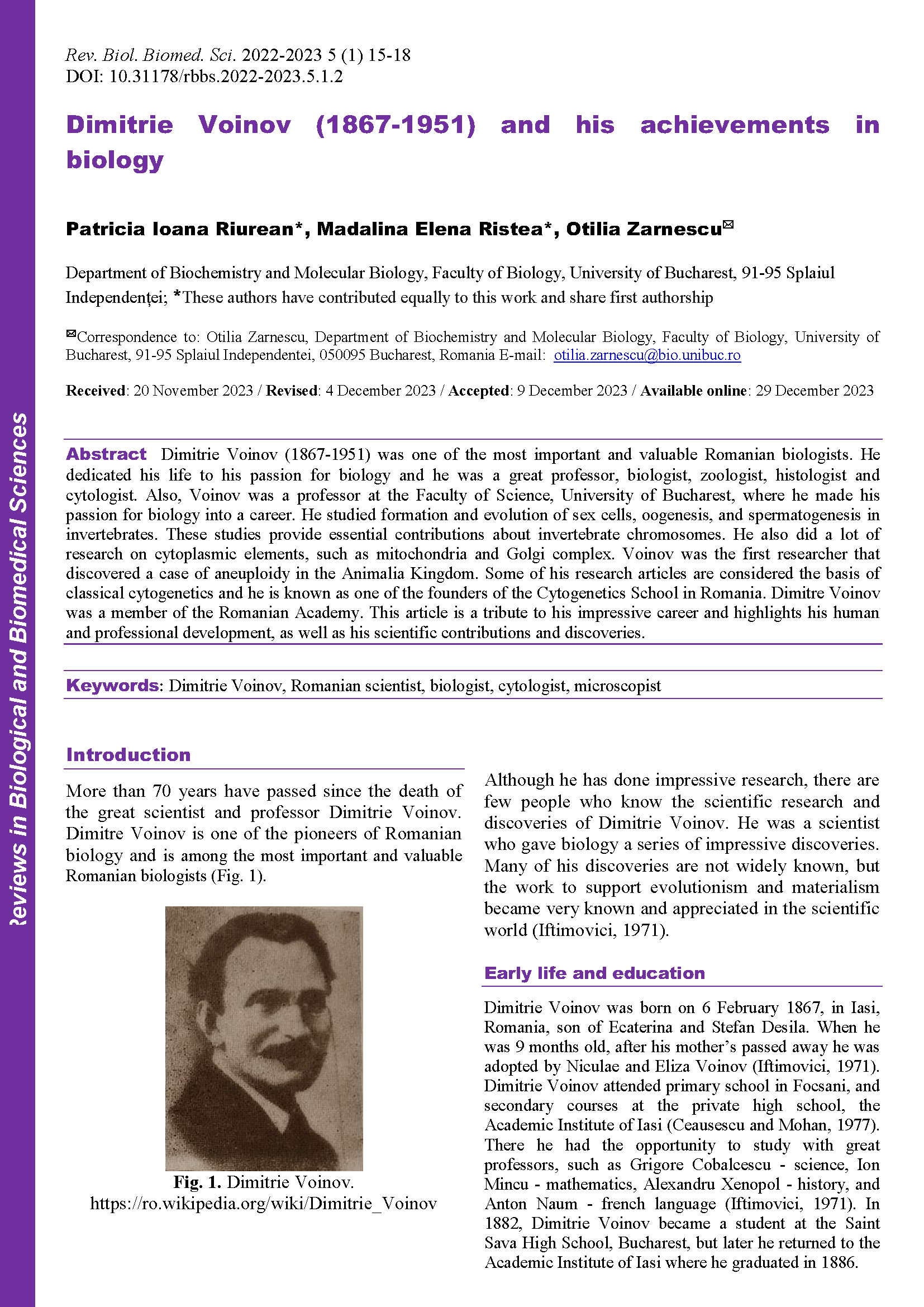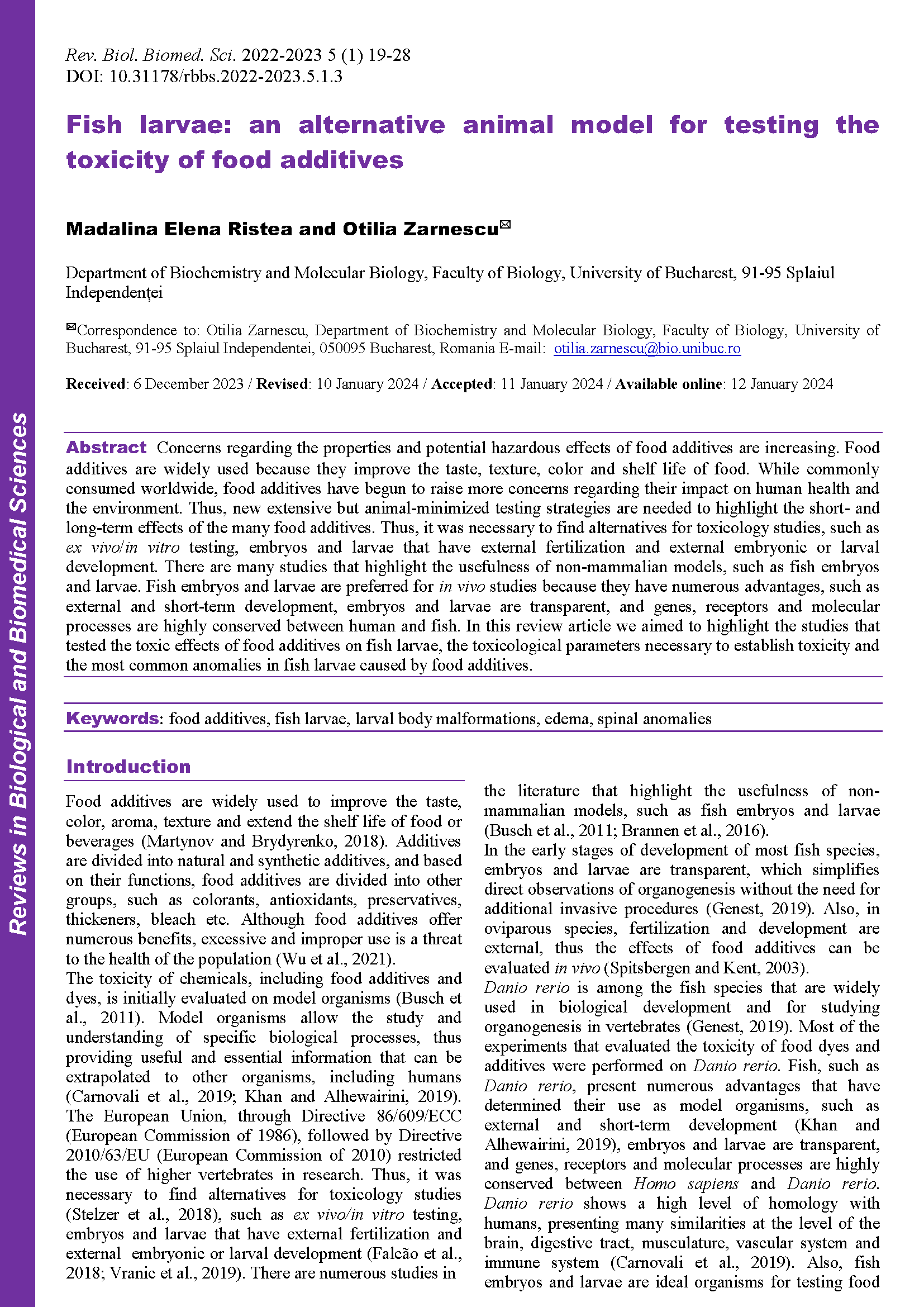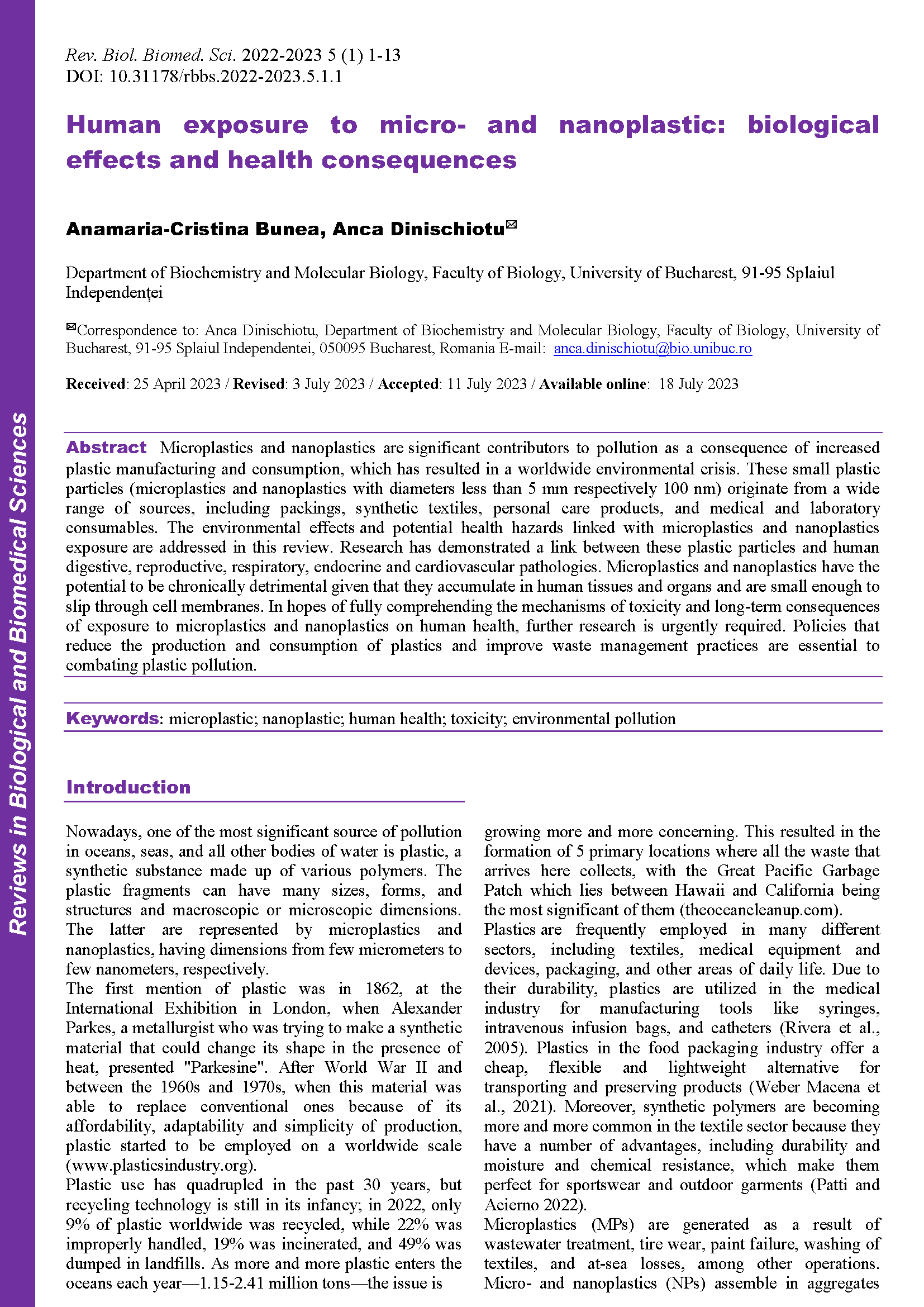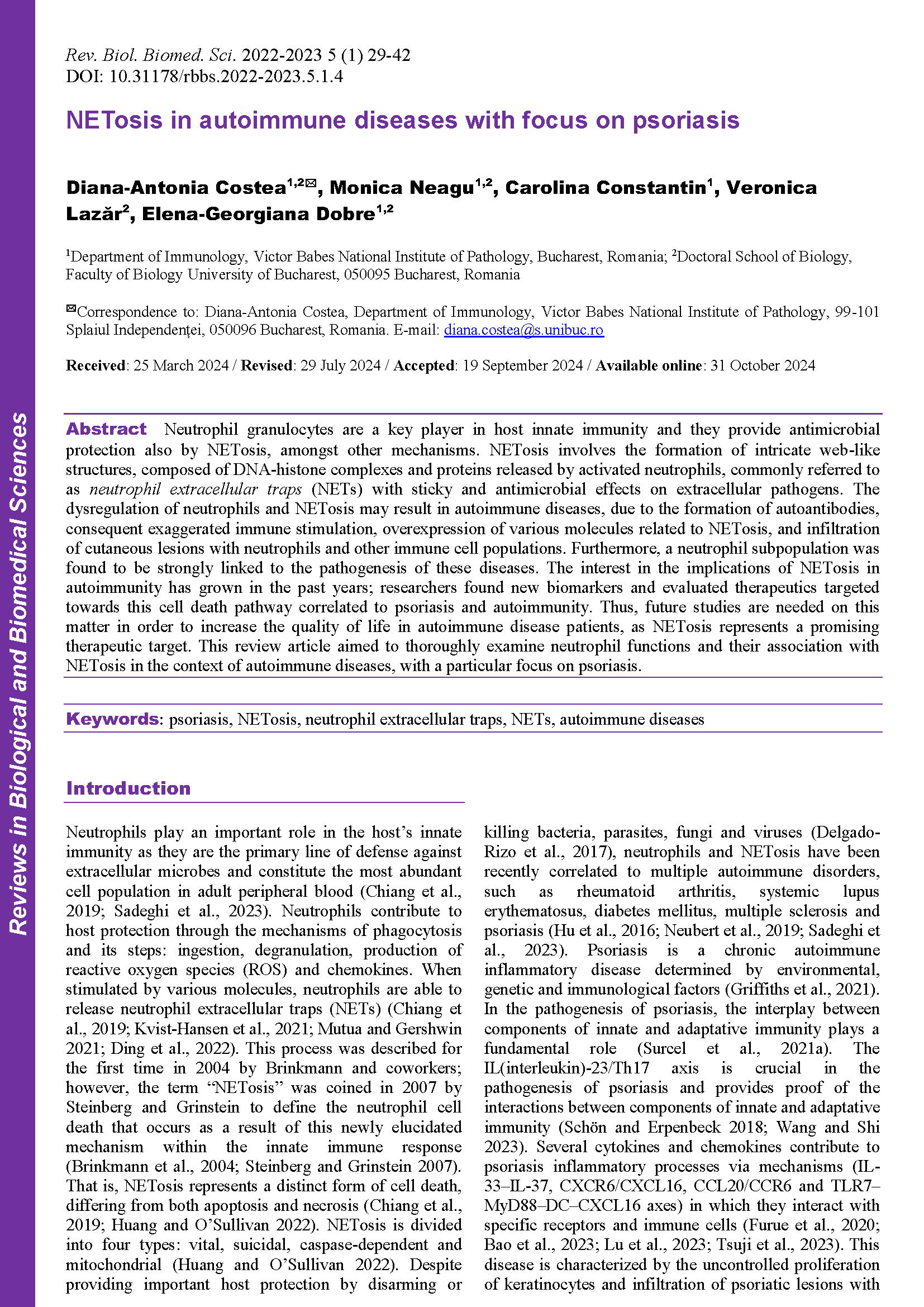Current Issue
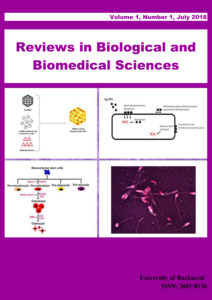
Welcoming outstanding review articles of any length from around the world, Rev. Biol. Biomed. Sci. will cover all disciplines in biological and biomedical sciences such as biochemistry, biodiversity, bioinformatics, biomedical engineering, biophysics, biotechnology, cell biology, clinical chemistry, cytopathology, developmental biology, ecology, epidemiology, ethology, genetics, hematology, histopathology, immunology, microbiology, molecular biology, morphology, mycology, oncology, parasitology, pharmacology, physiology, reproductive technology, stem cells, systematics, tissue banking/transplant, toxicology.

